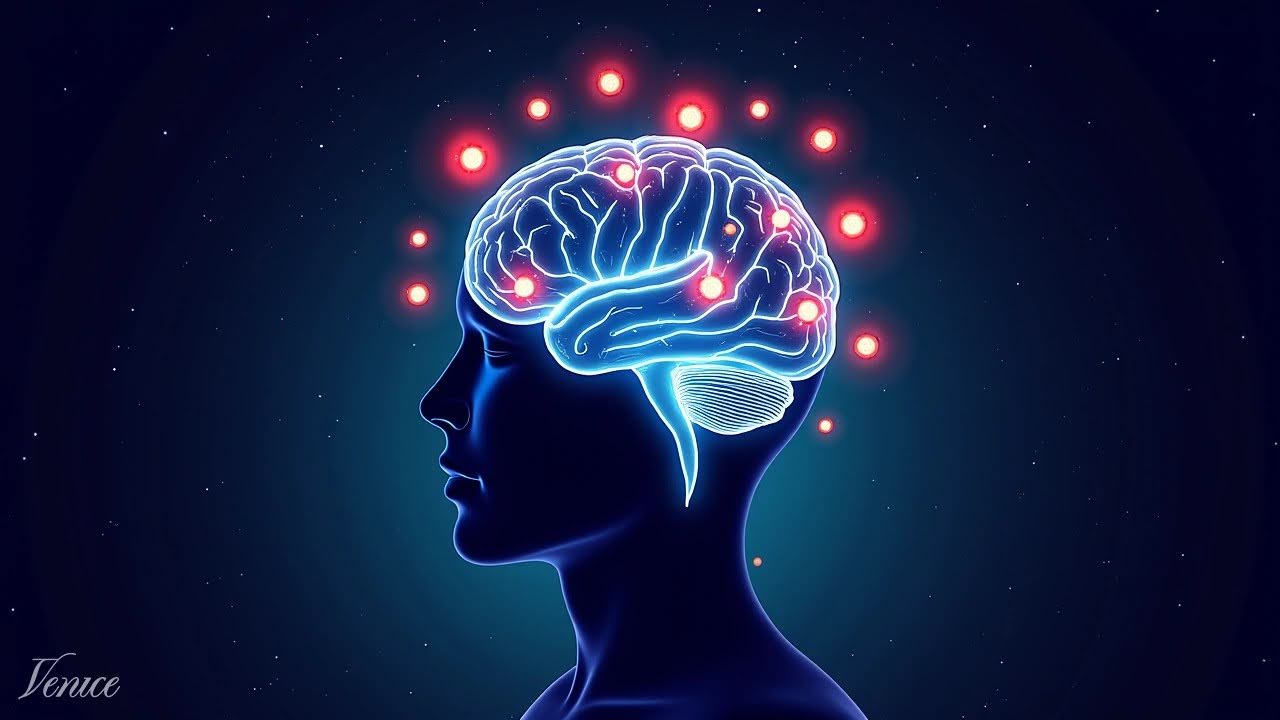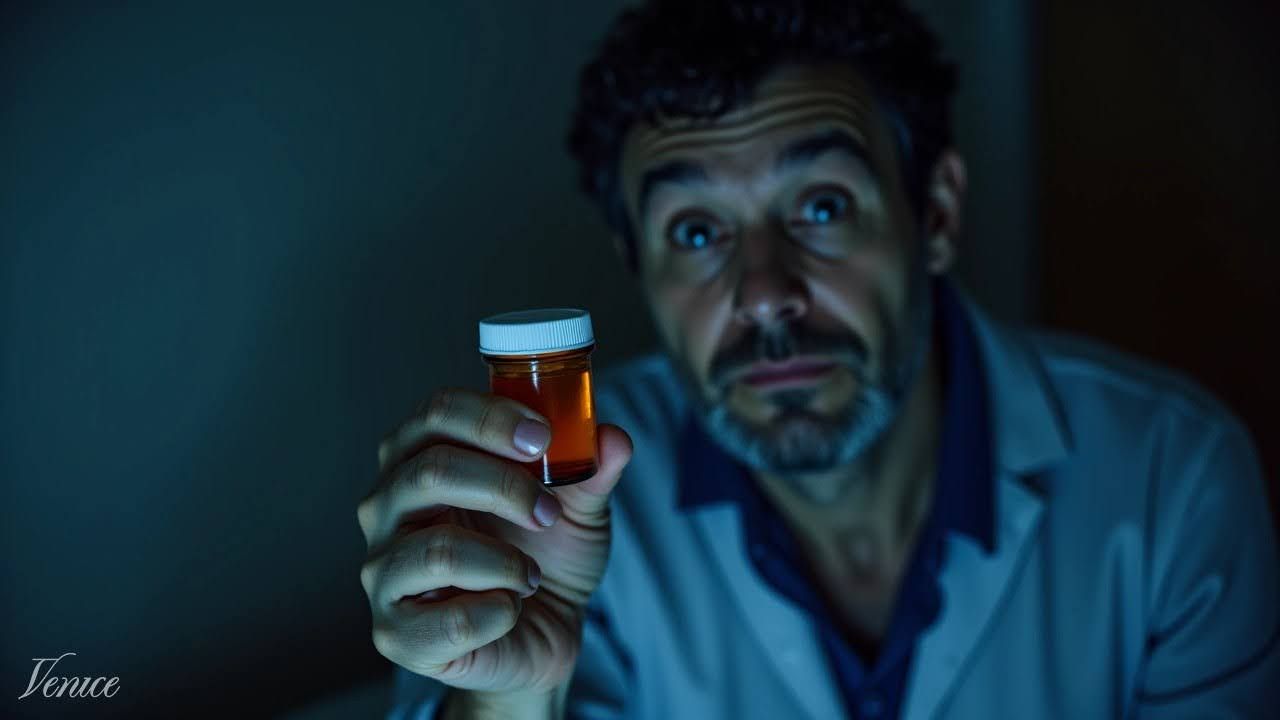You take a pill to sleep. At first it works. Then you need more to get the same effect. Maybe you start taking it earlier, or for stress, or just to feel okay. If that sounds familiar, you are not alone. Zolpidem can hook people in quiet ways. The good news is that recovery is very doable when you know what is happening in your brain and how to step down safely.
What is zolpidem addiction?
Zolpidem is a sleep medicine often called a Z drug. It was pitched as a safer option than benzodiazepines because it targets the alpha1 part of the GABA A receptor more selectively at usual doses, which favors sedation over other effects. That selectivity is described clearly in this comparison of benzodiazepines and Ambien, the best known brand of zolpidem, including how risks were initially framed as lower due to this receptor preference, see the summary under benzodiazepines vs Ambien on MedicineNet.
Addiction happens when use becomes compulsive and hard to control, not only when your body gets used to the drug. With higher or prolonged use, zolpidem loses that narrow focus and acts more like a benzodiazepine, which raises the odds of tolerance, euphoria seeking, and withdrawal when you cut back. That shift with dose and time, and the emerging pattern of misuse, are tied together in the clinical review by Li and colleagues.
Why zolpidem addiction happens
At low doses, zolpidem mainly helps you fall asleep. At higher doses or with long use it engages more GABA A subunits and starts to behave like drugs with known abuse potential, which was shown in clinical reports and case series that tracked how people escalated their intake over time, as discussed in Li et al.. Some people chase the brief euphoria or relief from anxiety, a pattern also described in early case work by Mariani and Levin.
You do not need a past substance problem to be at risk, though a history of alcohol or benzodiazepine misuse, mood or anxiety disorders, and sensation seeking traits all raise the chance that use becomes compulsive. These risk factors and the pattern of dependence even in first time hypnotic users are laid out in the review by Li et al. and echoed in the Medicine journal update on euphoria and dependence by Victorri Vigneau and colleagues. Women and older adults tend to have higher blood levels from the same dose, which can push risk higher, a point summarized by Li et al..
What withdrawal feels like and how long it lasts
Stopping suddenly can feel rough. It usually starts with anxiety and rebound insomnia, and can progress to confusion or even seizures in high dose users. In one series, symptoms typically began within 6 to 48 hours after the last dose, a window described in the case report on abrupt stop and delirium by Awasthi and Vohra. For many people, symptoms peak around days 1 to 5 and fade over 1 to 2 weeks.
There are also extreme stories. A published case documented chronic intake reaching roughly 6000 mg per day with severe withdrawal phenomena, a reminder that escalation can sneak up and then spiral, as reported in the 10 year abuse case in Frontiers in Psychiatry.
When I think about this clinically, I picture a spring that has been pressed down night after night. Let it go all at once and it snaps back hard. Ease off slowly and the snap is less.
Withdrawal symptoms to watch for include:
- anxiety, irritability, and restlessness
- insomnia or very broken sleep
- tremor, sweating, or a racing heart
- nausea, headache, or muscle cramps
- hallucinations or delirium
- seizures in severe withdrawal
The overlap with benzodiazepine withdrawal is not a coincidence, and it is why the medical playbook shares some moves with benzo tapers, as explained in the clinical overview by Brett and Murnion.

How zolpidem addiction treatment works
Here is the short version of zolpidem addiction treatment. You stabilize, you taper, and you rebuild sleep with non drug tools so you do not need to go back. The core medical approach is often substitution with a longer acting benzodiazepine such as diazepam or clonazepam, followed by a gradual taper. That strategy, including cross titration and dose reduction, has repeatedly worked in reported cases and small series, for example the cross titration with diazepam in the detox series summarized by Chen and colleagues, and the case reviews in Li et al..
The practical details matter. Clinicians often reduce the total dose by about 10 to 25 percent every 3 to 4 days while monitoring symptoms, a pacing principle described in the treatment section of Li et al.. Hospital care is a smart choice when doses have been high or there is a seizure history. I know that sounds cautious. It is, and that caution pays off.
Other medicines can help. Quetiapine has been used to support sleep and mood while keeping sedative doses in a safer range, with case reports of patients staying off zolpidem when quetiapine was part of the plan, as noted by Mariani and Levin and in a low dose treatment discussion by Pereira. Gabapentin or pregabalin can ease anxiety and help with sleep during taper in some people, an option covered in the adjuncts section of Li et al.. When depression or high anxiety drive use, adding an SSRI or a sedating antidepressant like trazodone can steady the ground under your feet, a point raised in the case review in Frontiers in Psychiatry.
There is also a niche option that gets attention. Flumazenil can rapidly reverse GABA A drugs and has been used in specialized detox settings, but the seizure risk is real so it belongs only in expert hands, which is clear in the two case reports of infusion detox by Quaglio and colleagues.
Who is at higher risk
I wish risk were even across the board, but it is not. People with a history of alcohol, benzodiazepine, or stimulant misuse, those living with mood or anxiety disorders, and folks with sensation seeking or impulsive traits are more likely to slide into compulsive use patterns with zolpidem. That cluster comes up repeatedly in clinical summaries, including the review by Li et al. and the Medicine journal overview by Victorri Vigneau et al..
Your biology can tilt the field too. Variants in the metabolizing enzymes CYP3A4 and CYP2C19 change how fast zolpidem clears. For example, the CYP3A4 18 variant can increase activity while CYP2C19 2 can reduce it, both of which can push blood levels and side effects in different ways. These genotype effects on metabolism and toxicity are described in a pharmacology analysis on ScienceDirect and in a broader overview on PMC. If you have tried and failed multiple tapers, this is one reason some clinicians consider pharmacogenetic testing.
How to sleep again without zolpidem
You will need a new sleep engine. The most reliable one I have seen is cognitive behavioral therapy for insomnia. CBT helps you reframe sleep worries, reset your timing, and build a realistic wind down. In a long term follow up study of people discontinuing hypnotics for insomnia, adding CBT improved the odds of staying off sleep meds months down the line, which is reported by Morin and colleagues.
Mindfulness based cognitive therapy has also helped people reduce chronic hypnotic use, especially women with insomnia who want tools to ride out urges and anxious nights without a pill. A randomized trial of mindfulness based relapse prevention in this group showed meaningful reductions, and that work is summarized in the BMJ trial by Barros and colleagues. In real life, I think of it as training your attention to notice drowsy cues and let go of the moment when you would normally reach for the bottle.
Practical moves still count. Keep a steady wake time, build wind down routines you can actually live with, and guard the sleep window you set during CBT like it is a standing date.

Why relapse happens and what helps long term
Insomnia does not magically vanish when the pills do. If the original sleep problem and the daytime stressors are still there, cravings can pop up at predictable times. Across hypnotic discontinuation studies, a sizable share of people start taking something again within a year or two. One survival analysis in chronic hypnotic users found relapse rates across that window in the 30 to 65 percent range, especially when insomnia remained severe at the end of treatment, as shown by Morin et al.
So we plan for it. Keep booster CBT sessions on the calendar. Schedule regular check ins for the first 6 to 12 months. Treat mood and anxiety problems fully, not as side quests. If you substituted with a benzodiazepine during detox, keep tapering and use the same playbook that works for benzos, because the core approach is shared across both drug classes. That overlap of strategies is laid out clearly in the clinical guidance on benzodiazepine misuse by Brett and Murnion.
Why this matters right now
Zolpidem addiction is quieter than many drug problems, which is exactly why it can read as harmless. It is not. The same brain switches that make benzodiazepines risky get flipped with high dose or long use zolpidem, and the withdrawal can be dangerous. We also have a clear path that works. Substitution and taper are well described. Psychological care makes the gains stick. We even have clues in your genes that can guide tricky cases. That adds up to hope, not fear.
Here is where I land. If sleep is running your life and zolpidem is part of that, you deserve a plan that gets you real rest without a trap. Talk with your clinician about a taper, ask about CBT for insomnia, and set up support before you start. If you want help now, reach out to your doctor, a local addiction specialist, or a trusted helpline today.
Find the Right Men’s Rehab in Marietta, Georgia
You don’t have to face recovery alone. At Hand in Hand Recovery Center, you’ll find a team that truly understands the challenges men face, and meets you with respect, compassion, and real support. Our gender-specific programs blend evidence-based therapies like CBT, DBT, trauma therapy, and medication-assisted treatment with holistic options such as mindfulness, expressive arts, and life skills coaching. Whether you need detox, residential rehab, PHP, IOP (day or evening), or outpatient care, we’ll help you build a plan that fits your life, so you can keep moving forward with work, school, and family.
Ready to take the next step? We make it simple. Visit us at 3411 Austell Road Suite 200, Marietta, GA 30008, call (470) 280‑2791, or email info@handinhandrecovery.com. You can also reach out through our contact page. Our admissions team offers a quick phone assessment, fast insurance verification, and guidance every step of the way. Your recovery journey can start today, hand in hand, with people who care.

 info@handinhandrecovery.com
info@handinhandrecovery.com 3411 Austell Road Suite 200, Marietta, Georgia, United States
3411 Austell Road Suite 200, Marietta, Georgia, United States

